In the intricate world of marine electronics, seamless communication between onboard devices is crucial for efficient navigation and safety on the water. At the heart of this communication network lies the NMEA multiplexer, a versatile device that plays a vital role in managing and optimizing data transmission. But what exactly is an NMEA multiplexer?
An NMEA multiplexer is a sophisticated electronic device designed to consolidate and streamline data exchange between various navigational and instrumentation systems on board a boat or vessel. It acts as a central hub, receiving input from multiple NMEA (Navigational Marine Electronics Association) devices such as GPS receivers, depth sounders, wind sensors, and autopilots, and merging these data streams into a single, unified output. This consolidated data stream is then distributed to navigation displays, chartplotters, computers, and other connected devices, providing a comprehensive view of the vessel’s navigation and performance data.
Benefits of using an NMEA Multiplexer
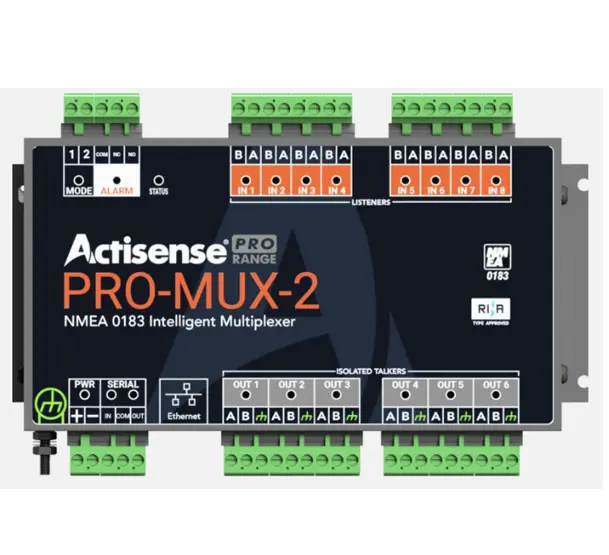
The utilization of an NMEA multiplexer offers a plethora of benefits to boaters and marine enthusiasts alike:
- Simplified Data Integration: By consolidating multiple NMEA data streams into a single output, the multiplexer simplifies data management and reduces clutter in onboard wiring.
- Enhanced Communication Between Devices: The multiplexer facilitates seamless communication between diverse onboard devices, ensuring that critical navigation and instrumentation data is shared accurately and efficiently.
- Advanced Configuration Options: Many NMEA multiplexers offer advanced configuration options, allowing users to customize settings such as baud rates, data filtering, and routing rules to suit their specific needs and preferences.
- Setting up Filters and Routes: With the ability to set up filters and routes, users can control which data is transmitted to which devices, optimizing data flow and conserving bandwidth.
- Integrating with other Marine Electronics: NMEA multiplexers seamlessly integrate with a wide range of marine electronics systems, including navigation displays, chartplotters, radar systems, and autopilots, enhancing overall functionality and interoperability.
Troubleshooting Common Issues
Despite their many benefits, NMEA multiplexers may encounter common issues such as signal interference, configuration errors, or compatibility issues. Troubleshooting these issues often involves checking physical connections, updating firmware, and adjusting configuration settings as needed. Additionally, consulting manufacturer documentation or seeking assistance from technical support can help resolve more complex problems effectively.
Conclusion: Enhancing data management on boats
In conclusion, NMEA multiplexers are essential for enhancing data management and communication on boats and vessels. By consolidating and optimizing data transmission between onboard devices, these multiplexers streamline navigation, improve safety, and boost overall onboard functionality. Whether navigating coastal waters or embarking on extended offshore voyages, utilizing an NMEA multiplexer ensures that boaters have access to accurate, reliable, and timely information, allowing for confident and safe navigation. For those in need of NMEA 0183 or NMEA 2000 multiplexers or buffers, consider a trusted supplier like Tecomart, which offers an extensive range of Actisense products.

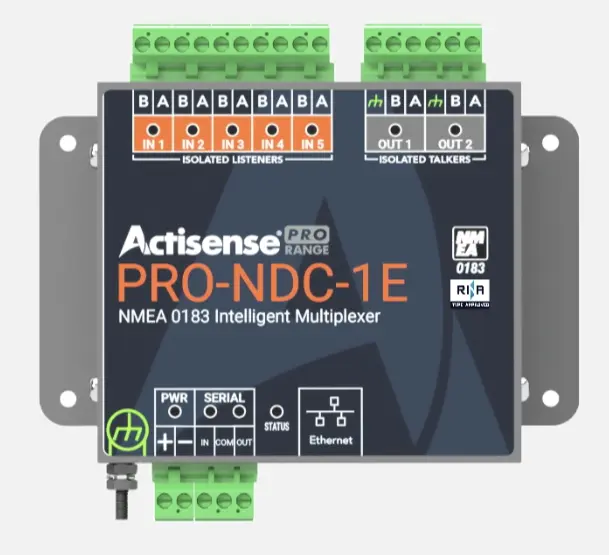
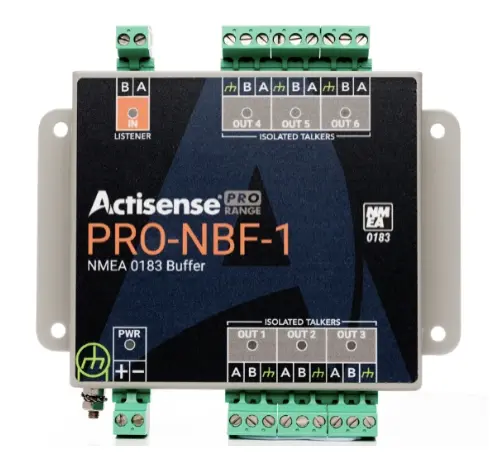
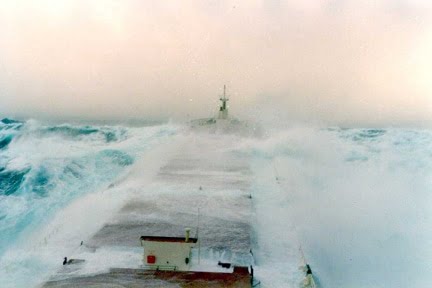
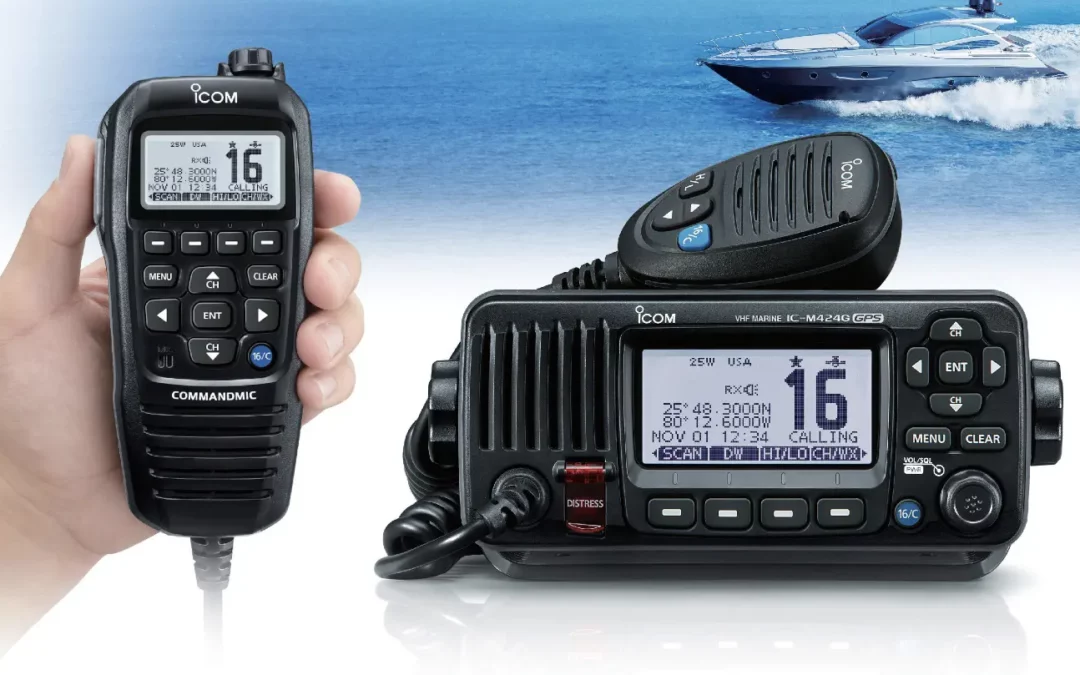
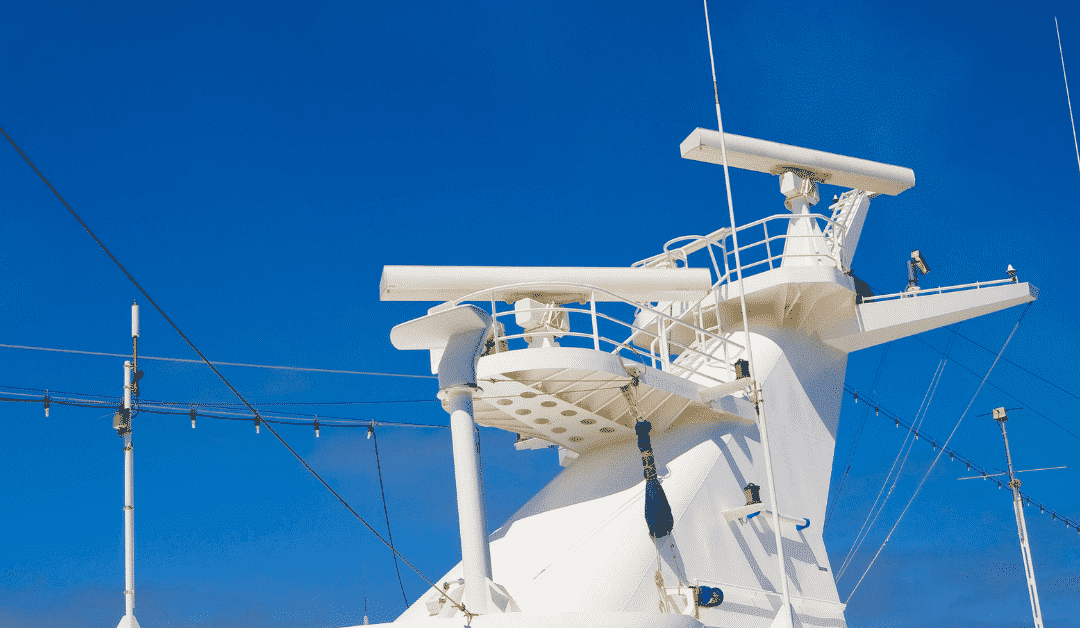
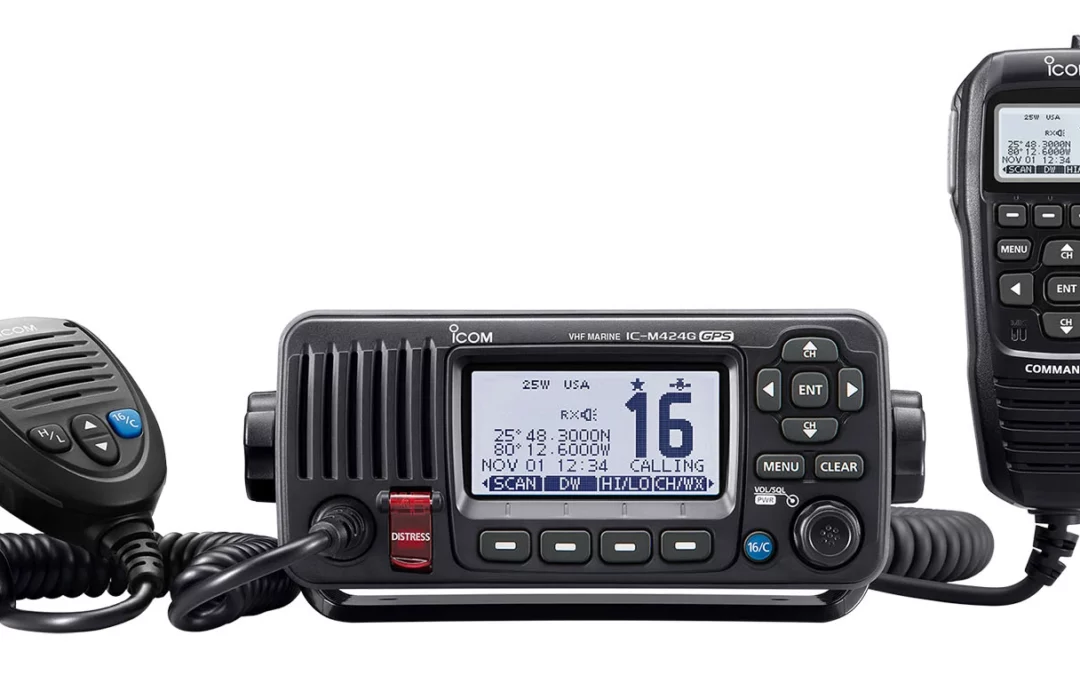
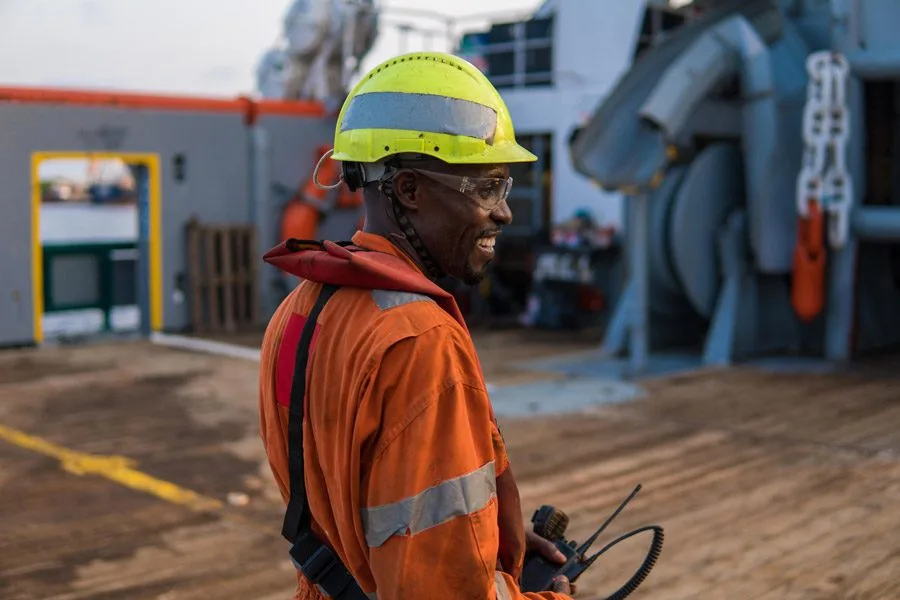
0 Comments